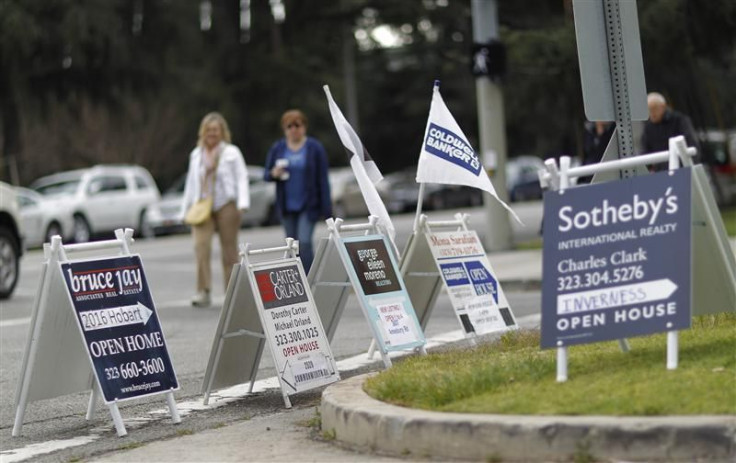Real Estate Appraiser Counters NAR Forecast, Warns Falling Inventory Isn't Sign of Housing Recovery

The National Association of Realtors has good news for U.S. homeowners and realtors: The housing market may have hit rock bottom, and recovery is in sight. That's the message from Lawrence Yun, chief economist at the NAR, who referenced falling housing inventory in a speech last month, telling realtors that the inventory supply suggests many markets will see prices stabilize or grow moderately in the near future.
Others, however, are not so sure. Jonathan Miller of New York-based real estate appraisers Miller Samuel Inc. took to the Web on Monday to pen a critique of the NAR's predictions, titling his blog post: The Decline in Inventory Right Now is NOT a Good Sign.
Miller summarizes the conventional wisdom on housing — declining inventory means a tightening market, which will eventually mean prices rise, or at least stabilize — but then goes on to claim that because inventory was down so much farther than sales were up, inventory must be falling for a reason other than stronger fundamentals.
He also had some choice words for the National Association of Realtors. While Miller praised their member services and monthly magazine in a telephone interview Wednesday morning, he suggested that the NAR would be a lot more successful as an organization if they became a trusted, go-to adviser, rather than [putting out] the predictable spin every single month when these reports come out. I think it's a disservice to members.
The biggest reason Miller cites for falling inventory is the slowdown in foreclosures while the national robo-signing settlement was being negotiated. Mortgages during the run-up to the housing bubble were securitized and individual mortgages were owned by dozens of different investors, which made foreclosures more difficult than they had been in the past, and led to many of the so-called robo-signing abuses, as servicers sought simpler ways to foreclose on bad mortgages. Once the practices were brought to light, however, foreclosures stalled as servicers were forced to review their internal foreclosure processes.
The pause in foreclosures led to lower inventory, Miller says, but foreclosures are going to bounce back with renewed vigor now that the $26 billion settlement has been released and servicers are clearer on how they should proceed. As foreclosures ramp up, foreclosed inventory will start to flood the listings as a million or so foreclosed homes hit the market each year for at least the next two years.
Another factor cited by Miller as contributing to low inventory includes weak seller confidence, leading sellers to keep houses off the market, depressing inventory. He also referenced the Federal Reserve's recent announcement that interest rates will remain low through the end of 2014, signaling to sellers that they can hold off for a few years and their buyers will still be able to take advantage of low interest rates (and, by extension, cheap mortgages).
Miller said suburban and especially exurban property will be the most susceptible to rising inventory levels once foreclosures start up again, and that core urban markets will fare best. In the New York metropolitan area this means Manhattan, brownstone and northwestern Brooklyn, and Long Island City in Queens will emerge from the coming foreclosure flood in the strongest position, with the rest of Queens and Brooklyn, along with Staten Island and the Bronx, suffering. In the suburbs he saw a bifurcation of the market, with high-end locations with good transit access outperforming less desirable and exurban areas.
The National Association of Realtors stuck by its original assessment, with spokesman Walter Maloney saying we are in a state right now of overcorrection in home prices. He said that U.S. housing inventory has passed its peak and that further price declines are extremely unlikely, but that it's a broad peak and that any aggregate price gains will be very minor.
© Copyright IBTimes 2024. All rights reserved.




















